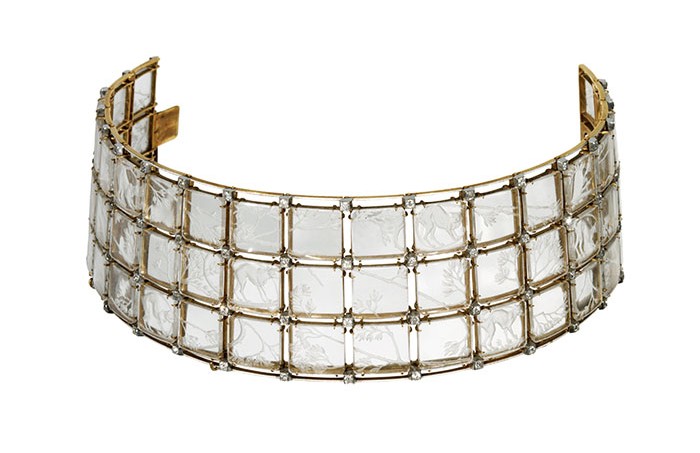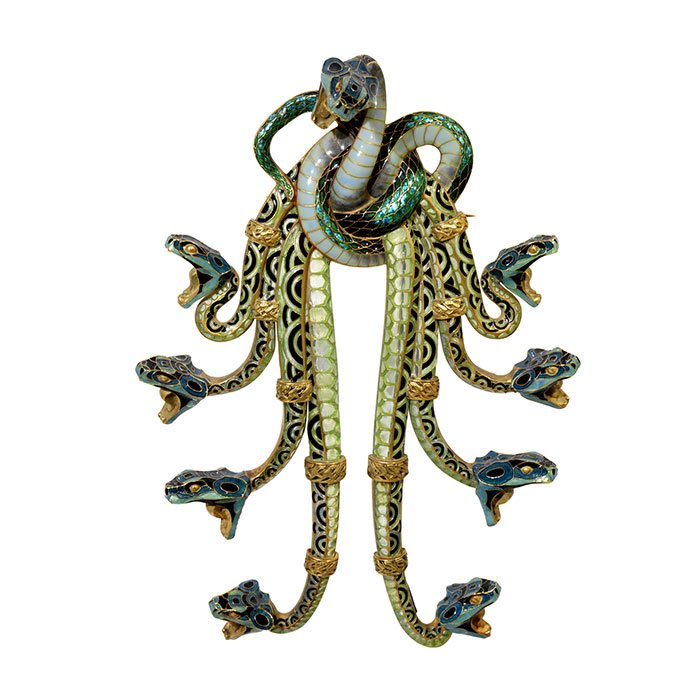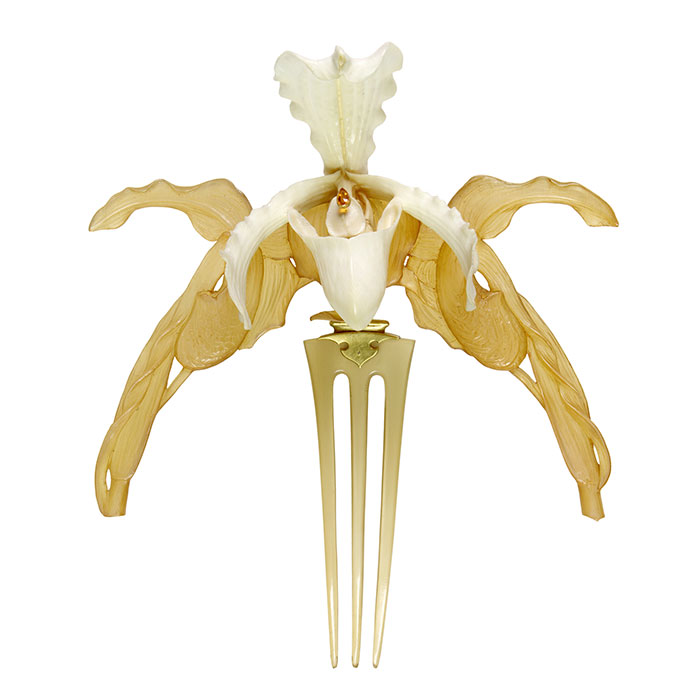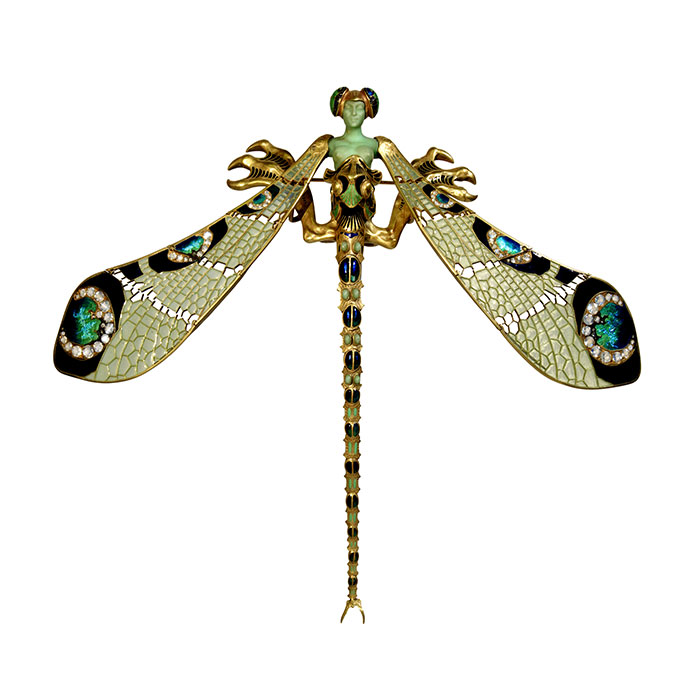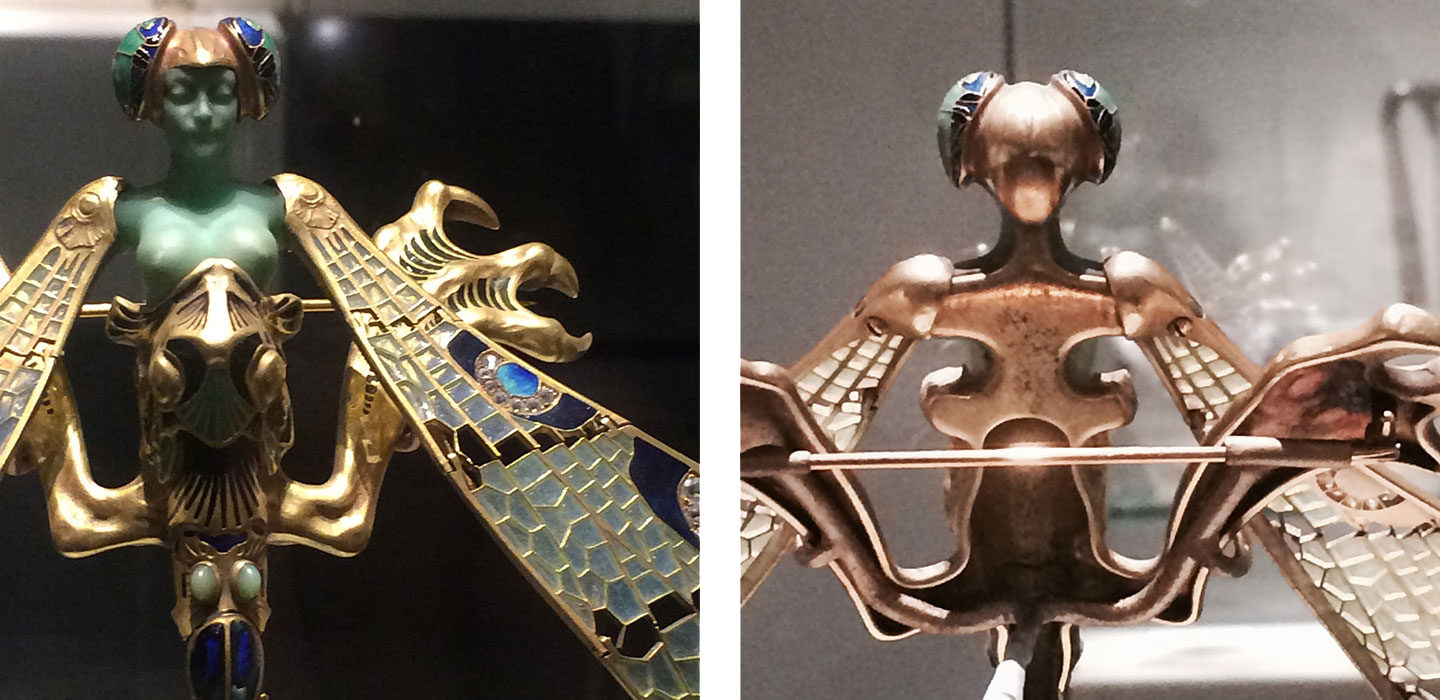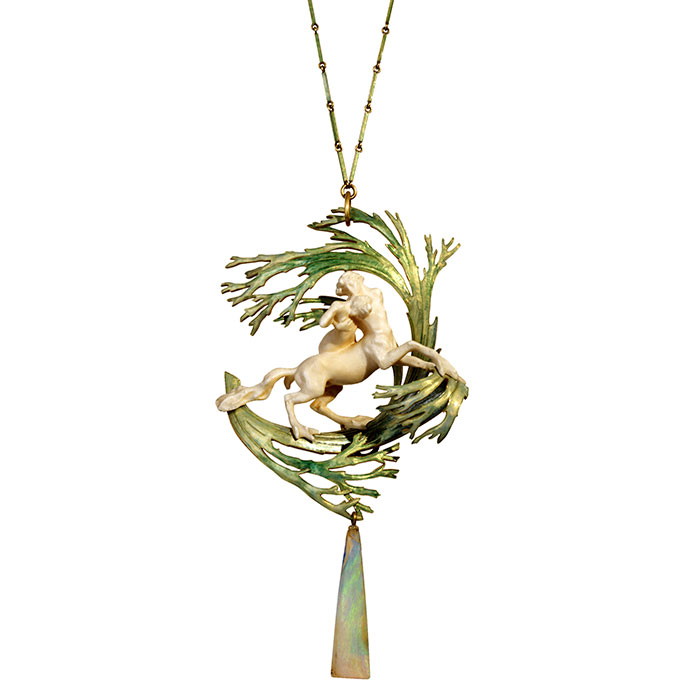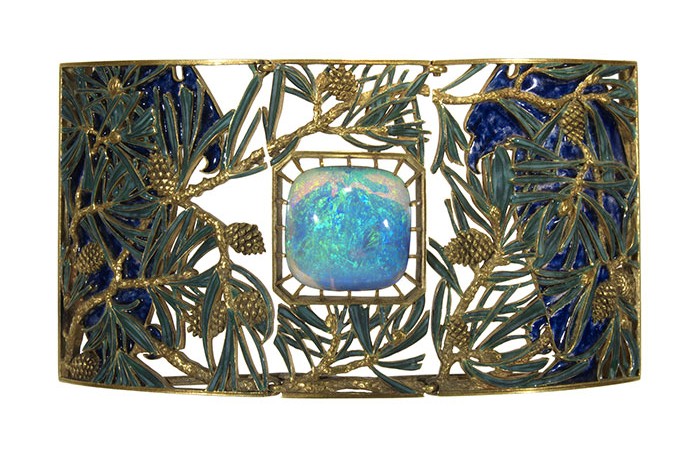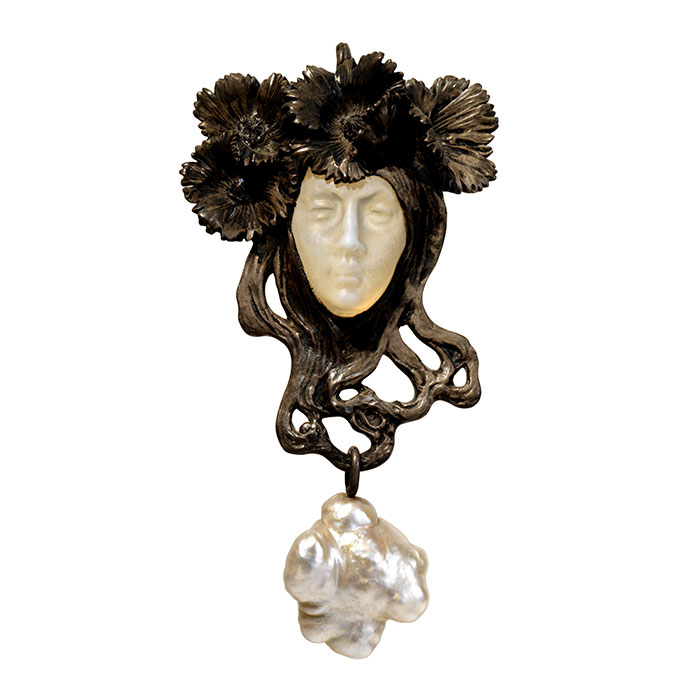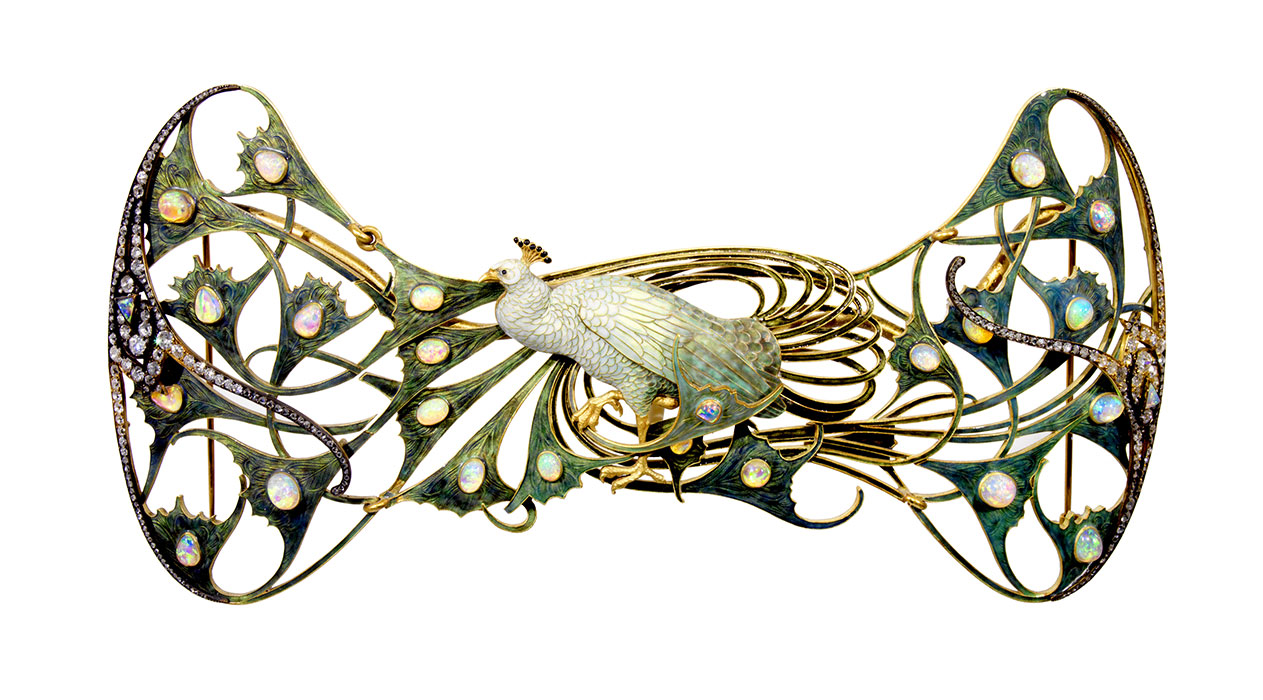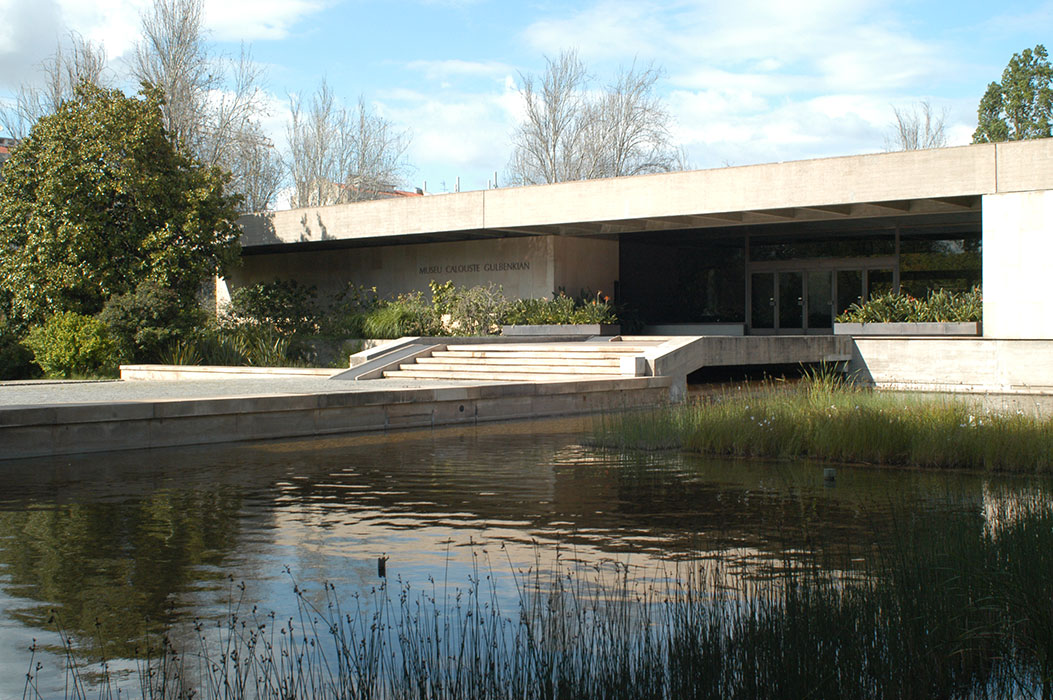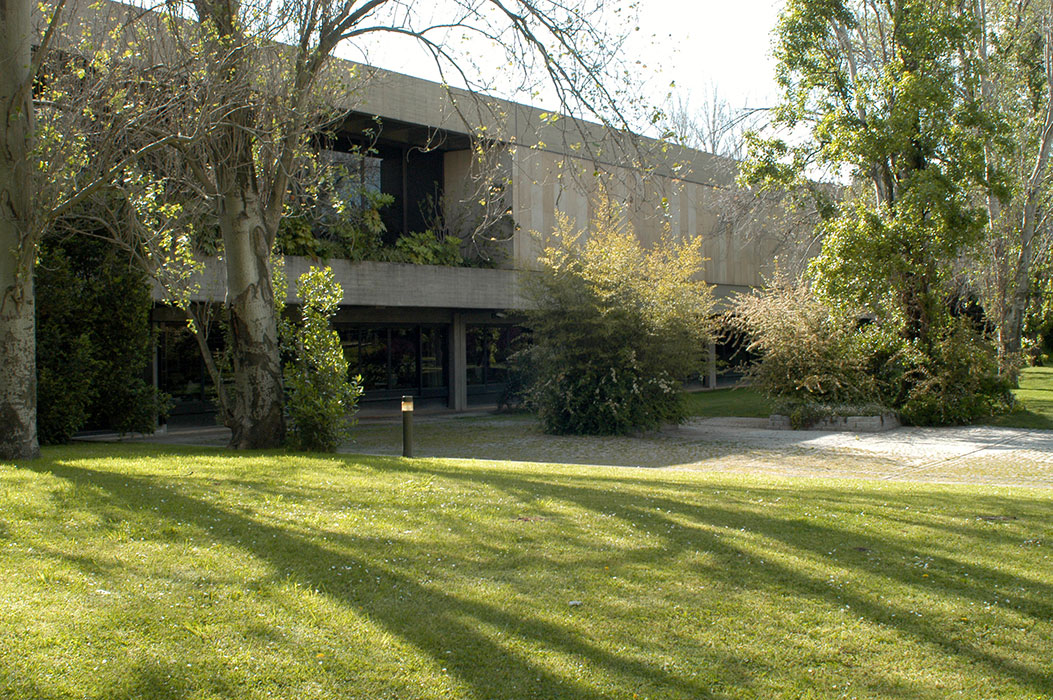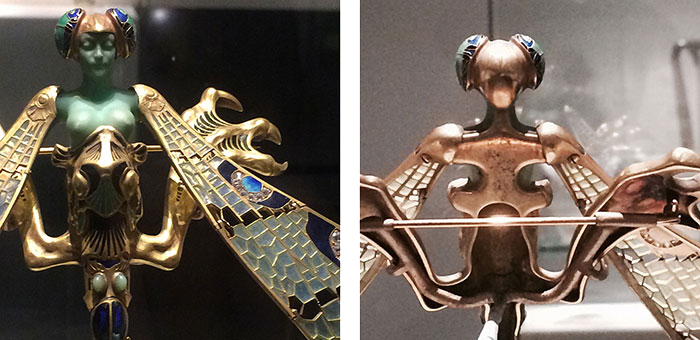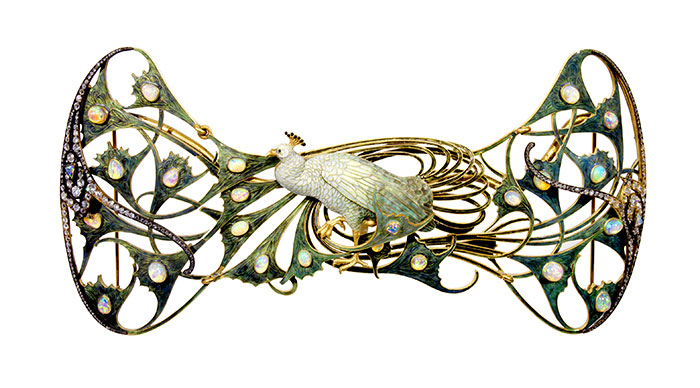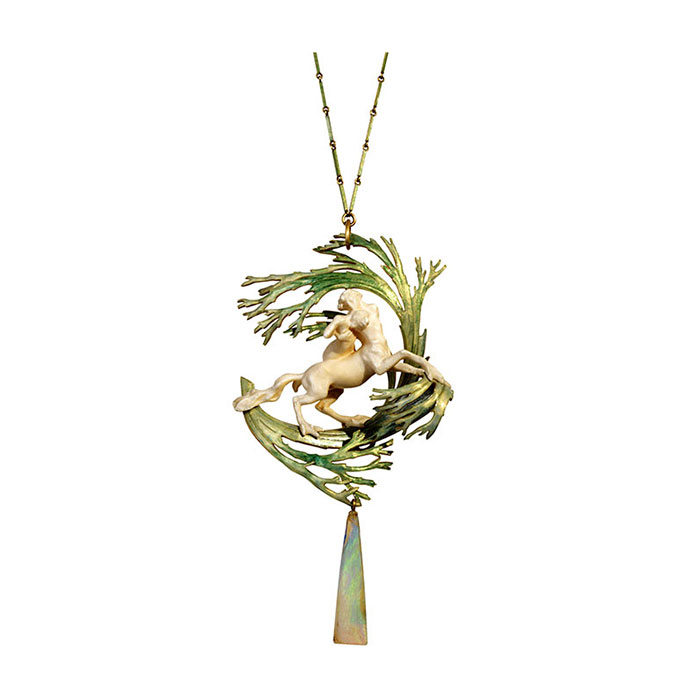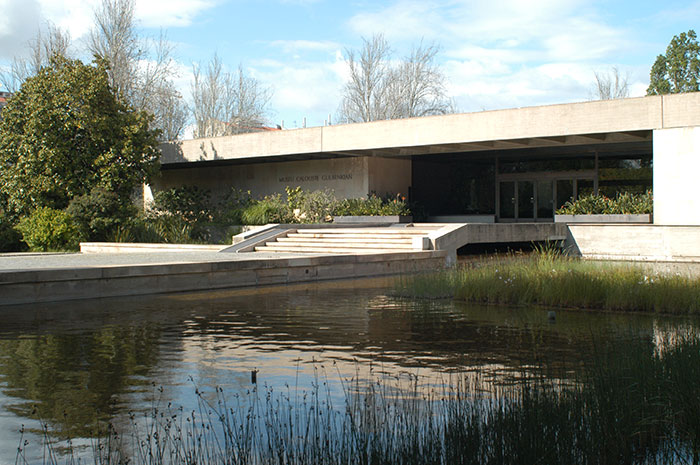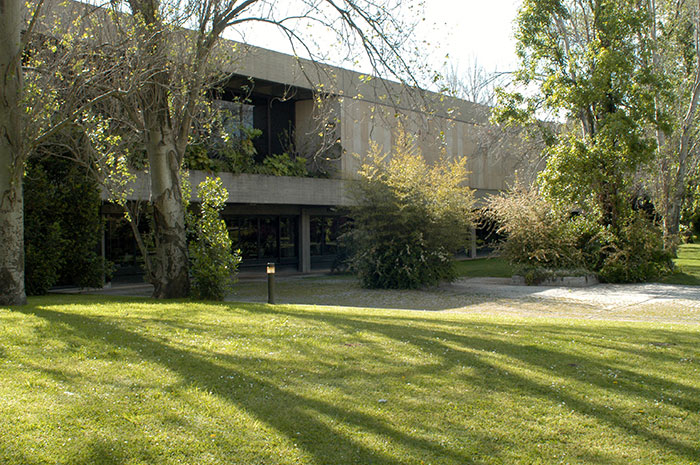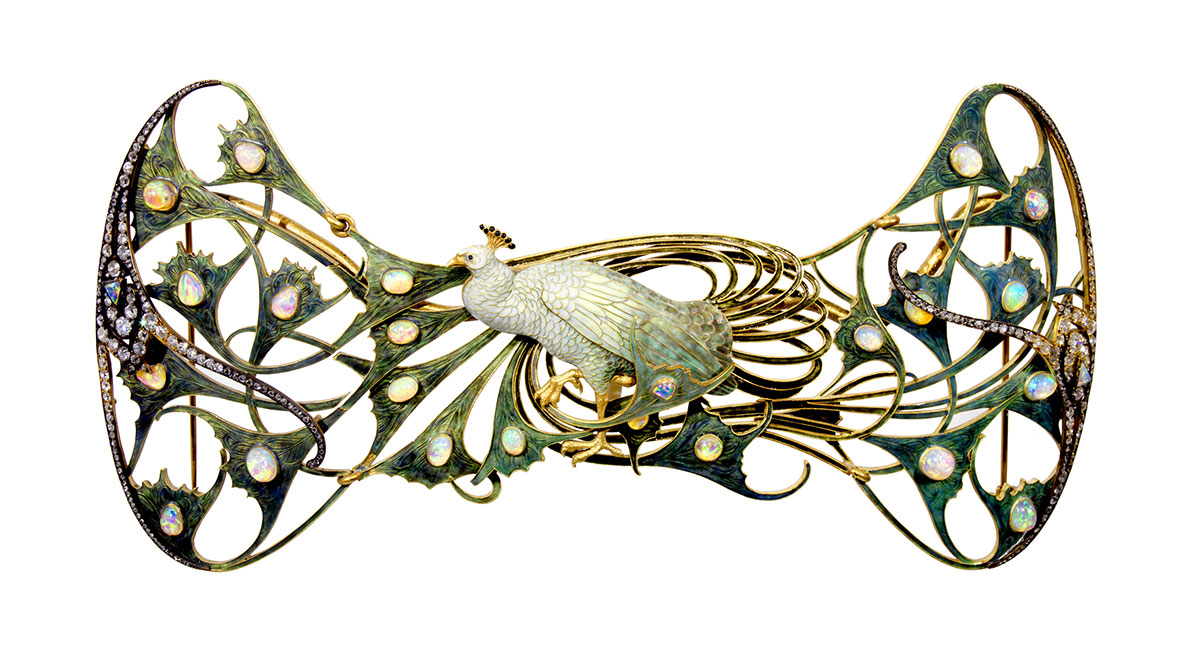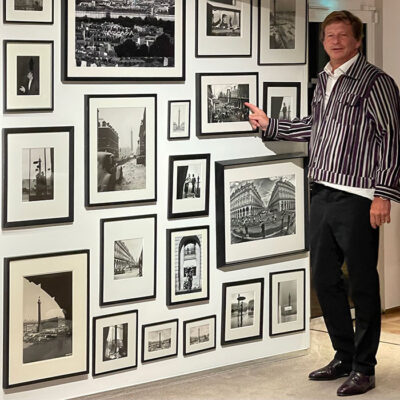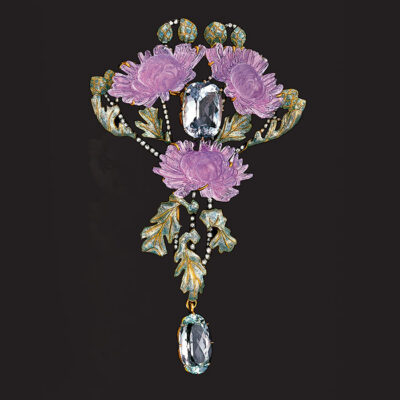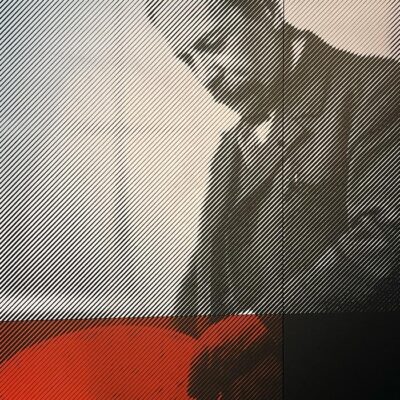Jewelers routes
04 March 2016
Share
René Lalique in the Gulbenkian
This collection of René Lalique jewelry – the jeweler of Art Nouveau – is the most beautiful in the world, along with the Museum of Decorative Art’s collection in Paris.
By Sandrine Merle.
The eccentricity and the fragility of René Lalique jewelry made it unwearable for most women of the Belle Époque, with the exception of some figures from the financial and artistic elite like the actress Sarah Bernhardt, the Countess Greffulhe or the demi-mondaine, Liane Pougy. The Armenian financier and oil magnate, Calouste Gulbenkian, bought them however, to display in showcases in his mansion on Avenue d’Iéna in Paris. And few were those able to admire them, as he jealously guarded these jewels in seclusion like “harem women”. Exhibited today in the last room of the Gulbenkian Museum in Lisbon, this collection is there for all to see.
Breathtakingly beautiful
These jewelry pieces dating from the early 20th century perfectly illustrate the jeweler’s uniqueness and sense of observation coupled with a highly fanciful imagination. René Lalique is considered to be “the inventor of modern jewelry”, breaking away from the statuesque and soulless jewelry of the time. Bodice pieces, chokers and combs highlight the originality of materials, never or little used until then in jewelry, such as horn, ivory, translucent enamel, glass and ornamental stones. The delight in exploring the glassy depths of moonstone would later inspire Lalique’s research into glass. These jewels are not pieces to dismantle in order to have the gems reset.
A unique sense of the erotic in jewelry
All exude a disturbing beauty. They may almost appear repulsive when taking on the aspects of thistles, algae and prickly, tentacle-like poppies inspired by Japanese art. Some flirt with the notion of withering and display a unique sense of the erotic in jewelry. Nymphs, sylphs, and armored and helmeted warriors reflect the artist’s obsession with the lewd and provocative body. These are transformed into orchids, peacocks or dragonflies on bodice pieces, given pride of place in the center of the room. A bestiary found repugnant with bats, wasps and frogs adorn the neck and hair. An orchid with wavy, velvety petals in gold, precious stones and ivory celebrates a woman’s sex with elegance and poetry. The visit of the Calouste Gulbenkian Foundation ends in a passionate world that’s deliciously perverse and decadent.
Related articles:
The Lalique Museum, the artist’s glass universe
TFJP x Christie’s, how to wear vintage jewelry /5


